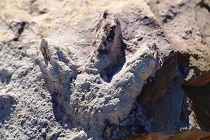 Perfectly preserved dinosaur fossils - footprints and bones - were discovered in the Mazovia region in an open-pit clay mine in Borkowice, near the town of Przysucha. These are, so far, the best preserved tracks described in Poland.
Perfectly preserved dinosaur fossils - footprints and bones - were discovered in the Mazovia region in an open-pit clay mine in Borkowice, near the town of Przysucha. These are, so far, the best preserved tracks described in Poland.
The discovery of tracks indicates a complex faunal assemblage of dinosaurs that inhabited the area some 200 million years ago. The biggest-ever registered carnivorous dinosaur fossils in Borkowice are almost 40 cm long. Borkowice is a real treasure trove of fossils, a unique site in every respect, and a unique opportunity for scientists to learn more about the early evolution of dinosaurs.
Short report from the press conference on the discovery of dinosaur fossils in Mazovia. Source: Polish Press Agency
Full transcript of the broadcast of the December 13, 2021 press conference on the discovery of dinosaur fossils in Mazovia. Source: Polish Press Agency
Until recently it seemed that in Poland there was little chance for spectacular discoveries of new paleontological sites with Jurassic dinosaur remains. This year's discoveries have changed this belief. In the summer of 2021, a geologist from the Polish Geological Institute - National Research Institute (PGI-NRI), Prof. Grzegorz Pieńkowski, PhD, and Dr. Grzegorz Niedźwiedzki from the University of Uppsala (Sweden) discovered numerous perfectly preserved tracks of carnivorous and herbivorous dinosaurs within the Lower Jurassic sandstone slabs in the quarry in Borkowice (which accompanied the exploited clay raw materials). The degree of their preservation is equal to that of the best known discoveries from Greenland, North America, South Africa or China.

Wall of the Borkowice mining pit. A layer with dinosaur tracks is found at the bottom of the excavation
A significant number of the excavated specimens are (especially visible on 3D scans) three-dimensional natural casts of dinosaur feet, containing anatomical features and imprints of the scaly skin of their “owners” are recorded in extraordinary detail.

The tracks of three-toed carnivorous dinosaurs
"For this degree of preservation to be possible, a very specific sequence of events must have occurred in a short period of time: The recession of lagoon waters from the area, the exposure of the clay bottom, the ingress of the dinosaurs onto the still plastic (but not too boggy) ground, the drying of the ground and the solidification of the tracks (as evidenced by drying fissures cutting through some of the tracks), the rapid transgression of the area again, and the equally rapid covering of the surface by the sedimentation of the sandbank overlying the barrier - by which the fossils were solidified as natural casts."
- says Prof. Grzegorz Pieńkowski of PGI-NRI.
Not only dinosaur footprints were discovered in Borkowice. The discovery of dinosaur bones in the form of voids (molds) or casts within the sandstone, above the layer with footprints was truly surprising. These are extremely valuable specimens, which constitute an important addition to the knowledge on the diversity of the dinosaurs in Borkowice. Among the bone fragments, remains of other land animals and fish have also been found.
According to the scientists responsible for the discovery, the dinosaur fauna from Borkowice belongs to one of the richest recorded in the Lower Jurassic sediments in the world.
As Dr. Grzegorz Niedzwiedzki points out:
"From the footprints left behind by dinosaurs one can infer their behavior and habits. And so in Borkowice we have fossils left left by dinosaurs running, swimming, resting and sitting on the muddy sediment, as well as many enigmatic biogenic structures, probably connected with various life activities of dinosaurs living there (e.g. records of feeding or burrowing in the sediment). The discovery of tracks indicates an exceptionally complex faunal assemblage inhabiting the area."
Traces of dinosaurs from Borkowice are described by one of the scientists responsible for the discovery, Prof. Grzegorz Pieńkowski from PGI-NRI
So far, several hundred dinosaur tracks have been preserved in Borkowice, representing at least seven different species of these animals, while the prospects for exploration are even more promising. The number of valuable objects that were found in tailings piles before the discovery was made is incomparably larger. Heavy equipment and considerable financial resources will be required to excavate them (the blocks weigh on average several hundred kilograms, some are several tons).
The site is currently an area of geological, sedimentological and paleontological research. Administrative procedures are also underway to establish a documentation site and place it under protection. The ongoing and planned work is coordinated by the Polish Geological Institute - National Research Institute, with the participation of scientists and 3D scanning specialists from Poland and Sweden.

The tracks of three-toed predatory dinosaurs
The participation of local self-governments (district and commune), State Forests and the deposit user (WIS-GROUP Sp. z o.o., Opoczno) is crucial for protection and further activities to secure the discovery. It is urgent to plan and introduce into the mining management plan the systematic excavation of the sandbank directly covering the deposit and depositing the blocks in an orderly manner, and in the future to proceed to the systematic excavation of the blocks with dinosaur tracks and bones from the tailings piles.
It should be emphasized that the few found surfaces with tracks possess not only the highest scientific value, but also exhibition and museum value. Due to the priceless paleontological findings, the above-mentioned outcrop should be excluded from the reclamation project in the direction of agriculture and forestry, and temporarily secured. In the future, a geostation / geological reserve and a museum / educational center presenting the discovered tracks, bones and the environment in which those dinosaurs lived, should be created here.
The work in July, September and October 2021 was conducted by the National Geological Institute - National Research Institute on behalf of the Poland’s Chief Geologist and was funded by the National Fund for Environmental Protection and Water Management and supported by a scientific grant from the Swedish Research Council (2017-05248).
Dinosaurs ruled Mazovia 200 million years ago
Dinosaurs - the latest discovery in Poland (by Wiktor Niedzicki, YouTube: CiekaWizja)
DOWNLOADS
document
Presentation with photos of dinosaur tracks from the Mazovia region
(9.04 MB)
image Sheet 1 - Dinosaur tracks (2.59 MB)
image Sheet 2 - Dinosaur tracks (2.05 MB)
image Sheet 3 - Dinosaur tracks (1.21 MB)
pdf Biography - Prof. Grzegorz Pieńkowski (187 KB)
pdf Biography - Dr Grzegorz Niedźwiecki (189 KB)
Photos
Wall of the Borkowice pit. A layer with dinosaur tracks at the bottom of the excavation. Photo: PGI-NRI archives.
image High resolution image (10.70 MB)
image Low resolution image (205 KB)
TTracks of three-toed carnivorous dinosaurs. Photo: PGI-NRI archives.
image High resolution image (3.59 MB)
image Low resolution image (181 KB)
TTracks of three-toed carnivorous dinosaurs. Photo: PGI-NRI archives.
image High resolution image (4.62 MB)
image Low resolution image (200 KB)
Tracks of three-toed carnivorous dinosaurs. Photo: PGI-NRI archives.
image High resolution image (6.60 MB)
image Low resolution image (214 KB)
Tracks of three-toed carnivorous dinosaurs. Photo: PGI-NRI archives.
image High resolution image (5.02 MB)
image Low resolution image (120 KB)
Tracks of three-toed carnivorous dinosaurs. Photo: PGI-NRI archives.
image High resolution image (2.76 MB)
image Low resolution image (249 KB) (249 KB)
Translated by Tomasz Trzpil (PGI-NRI)















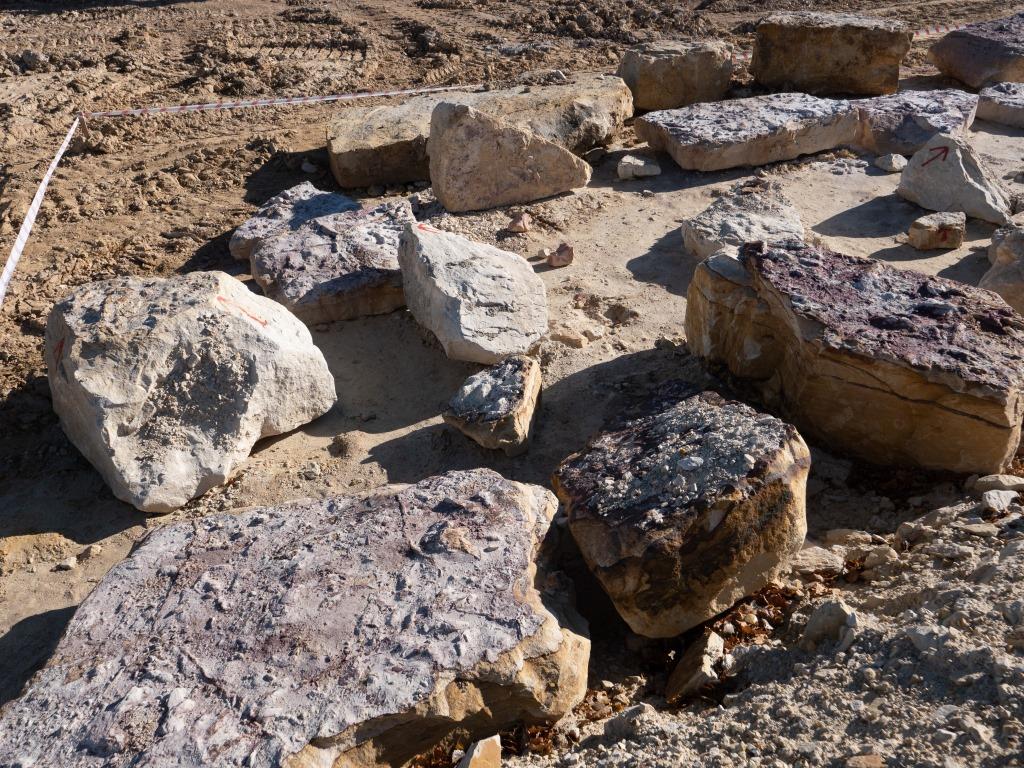
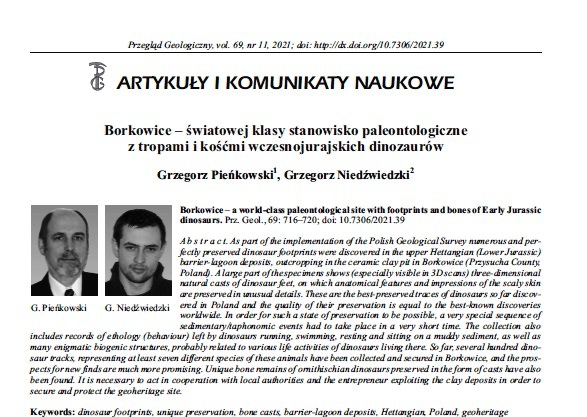
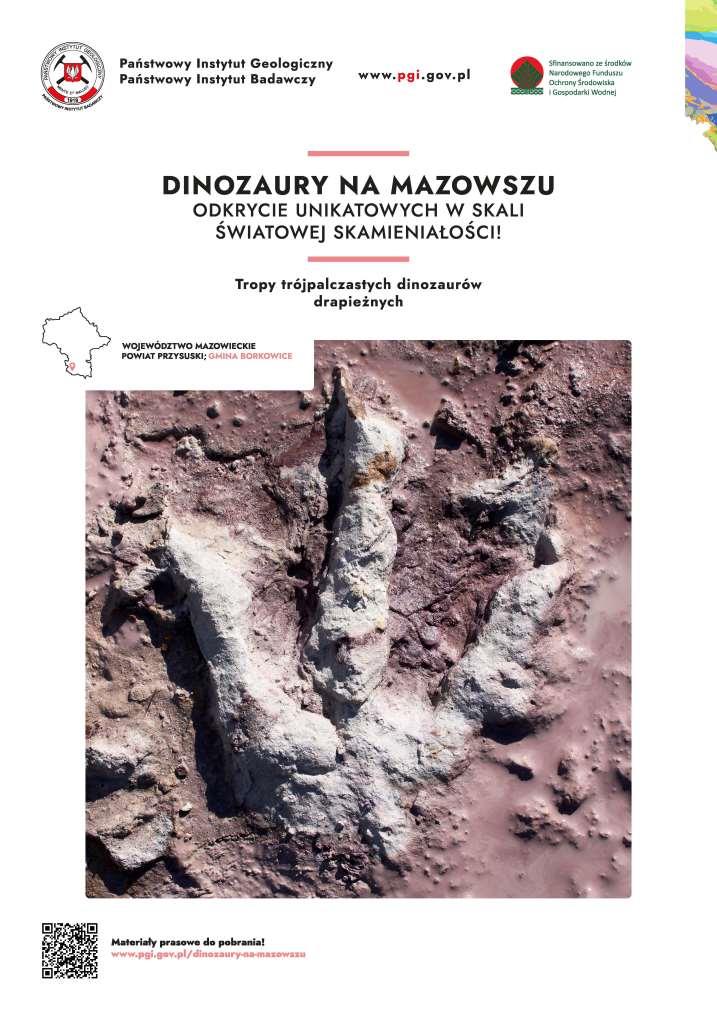
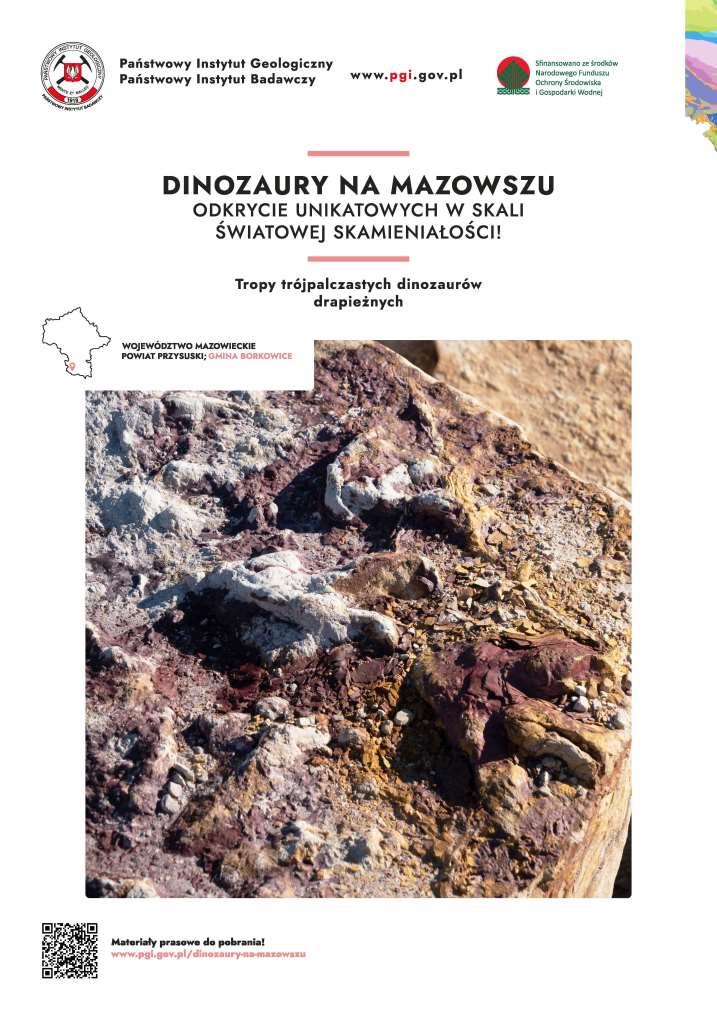
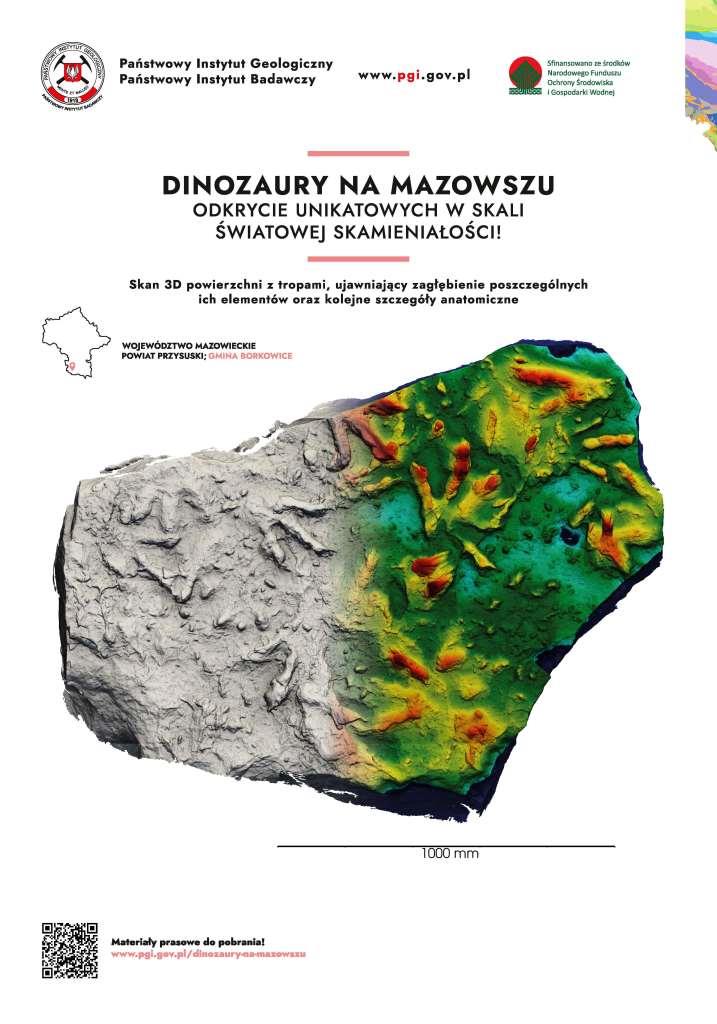
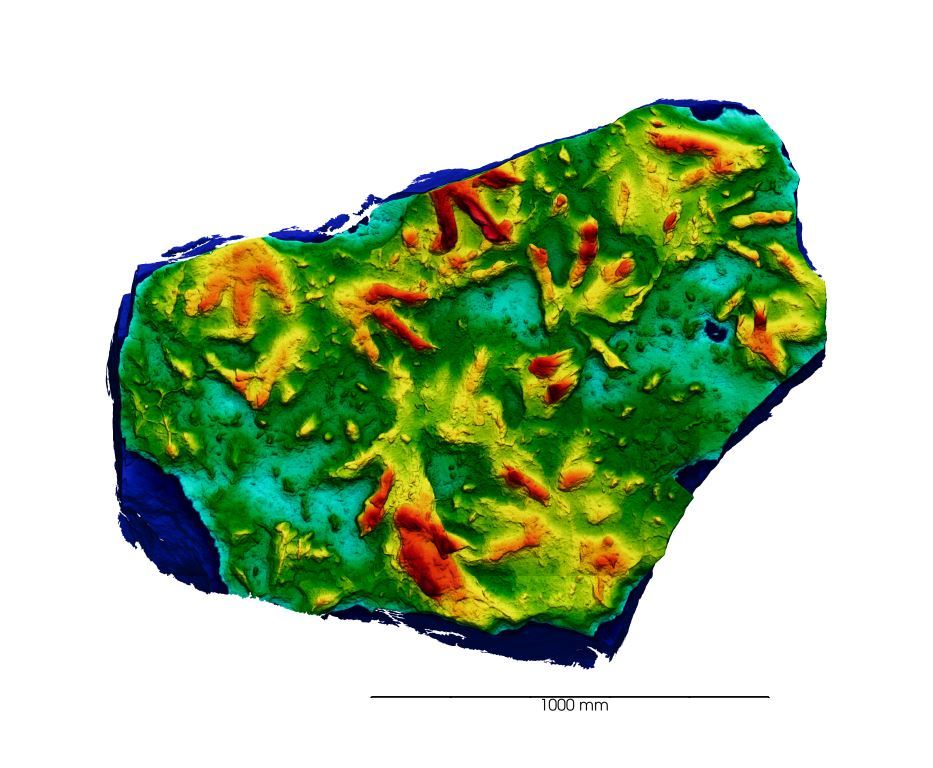





 PGI-NRI offer
PGI-NRI offer Mineral resources of Poland
Mineral resources of Poland  Oil and Gas in Poland
Oil and Gas in Poland 




 Subscribe to RSS Feed
Subscribe to RSS Feed